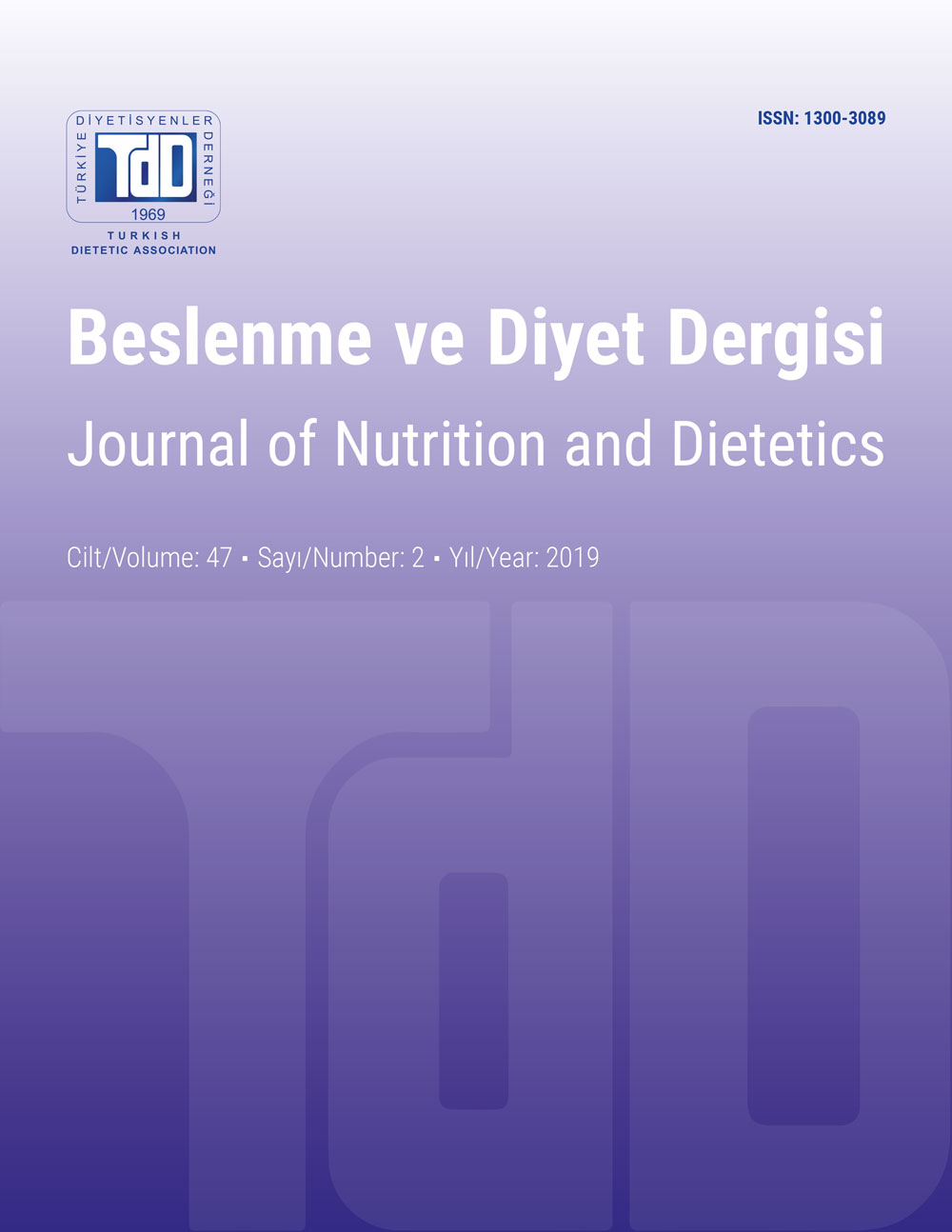Low Glycemic Index Treatment in Refractory Epilepsy: A case report
DOI:
https://doi.org/10.33076/2019.BDD.1262Keywords:
Ketogenic diet, refractory epilepsy, low glysemic index treatmentAbstract
The ketogenic diet (KD) is a well-established treatment choice in refractory epilepsy with a high fat, moderate protein and low carbohydrate content, which leads the body to provide energy primarily from fats instead of glucose. Initially, a traditional diet also known as ‘classical ketogenic diet’ was implemented at the beginning of 1920s. This was followed by more recent and less restrictive alternative KD treatments at the beginning of 2000s, after discovery of new mechanisms of action. Although alternative KDs have been commonly used during adolescence (between 12 to 18 years of age) when the compliance to therapy usually decreases, these diets should also be considered in younger children with severe behavioral problems or lower compliance if the child is responsive to dietary treatment. Low glycemic index treatment (LGIT), one of these alternative KDs, aims to control seizures by keeping blood glucose levels at a minimal and constant range. LGIT allows a liberalized carbohydrate (approximately 10% of energy, equals to 40-60 g/day low glycemic index carbohydrates), protein (approximately 25% of energy) and food intake compared to classical KD. In this case report, the challenges during implementation of a classical KD in a preadolescent child with mild symptoms of seizures, severe abnormal electroencephalogram (EEG) and behavioral problems, and the effects of switching from the classical KD to LGIT on treatment efficacy were discussed.

